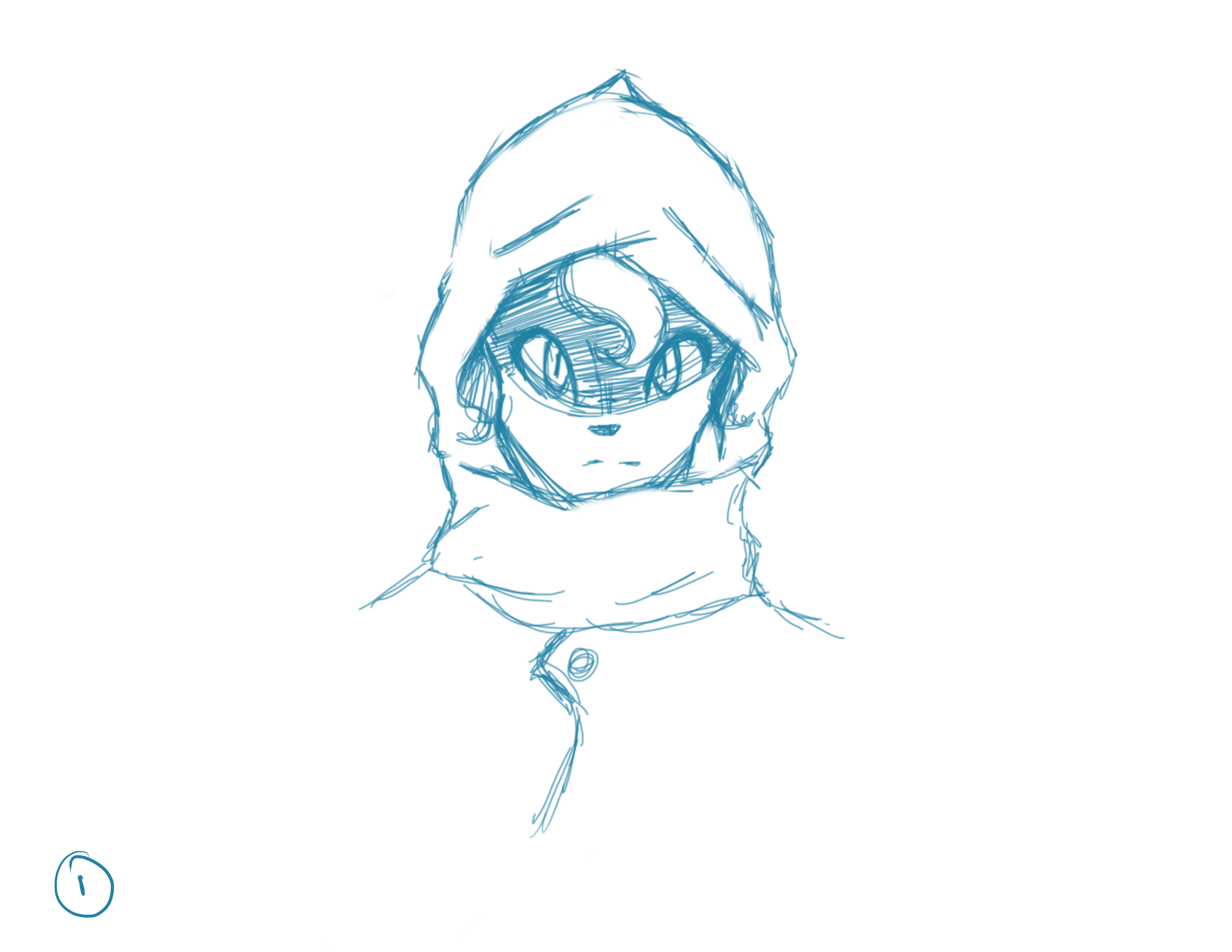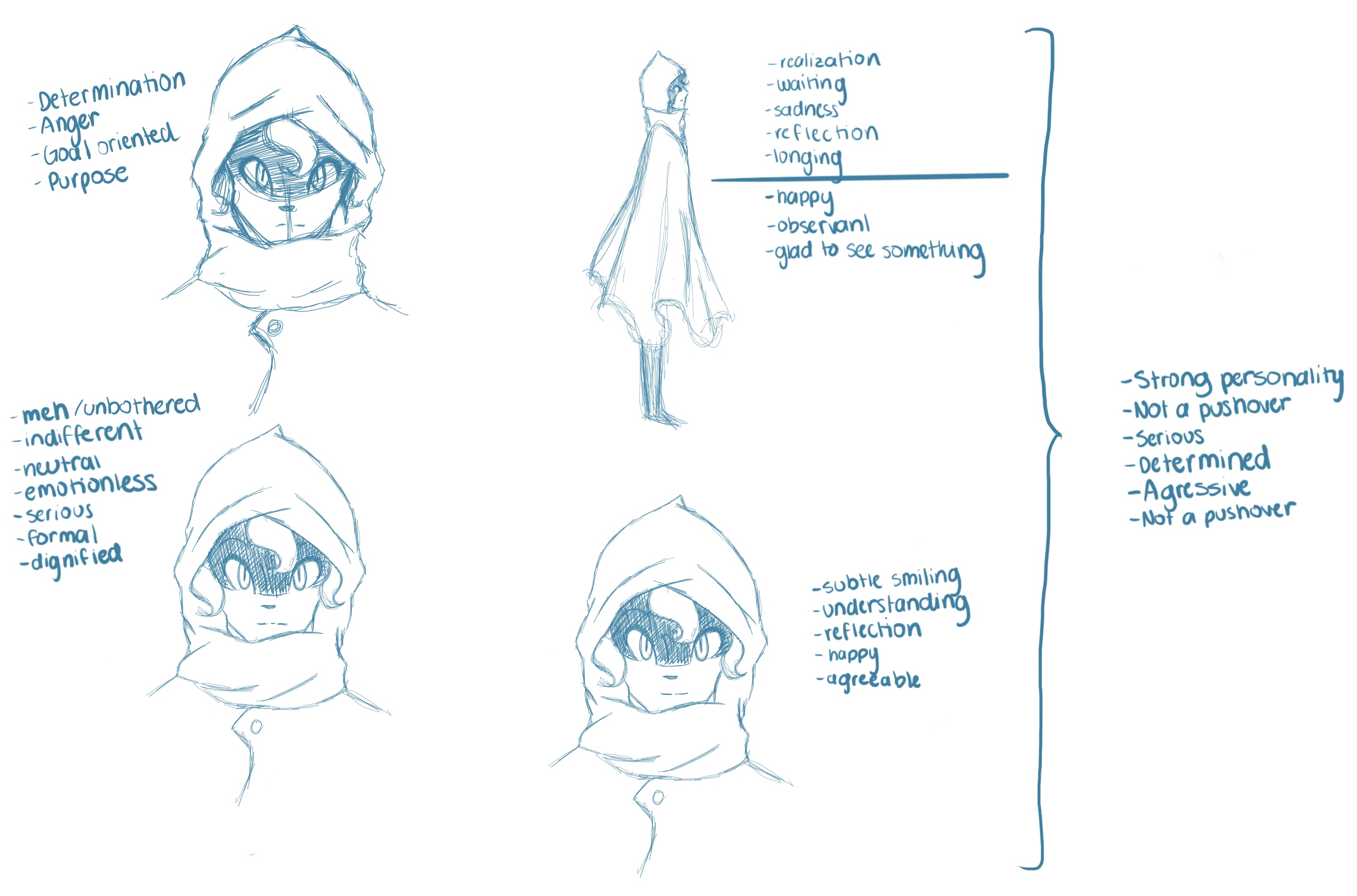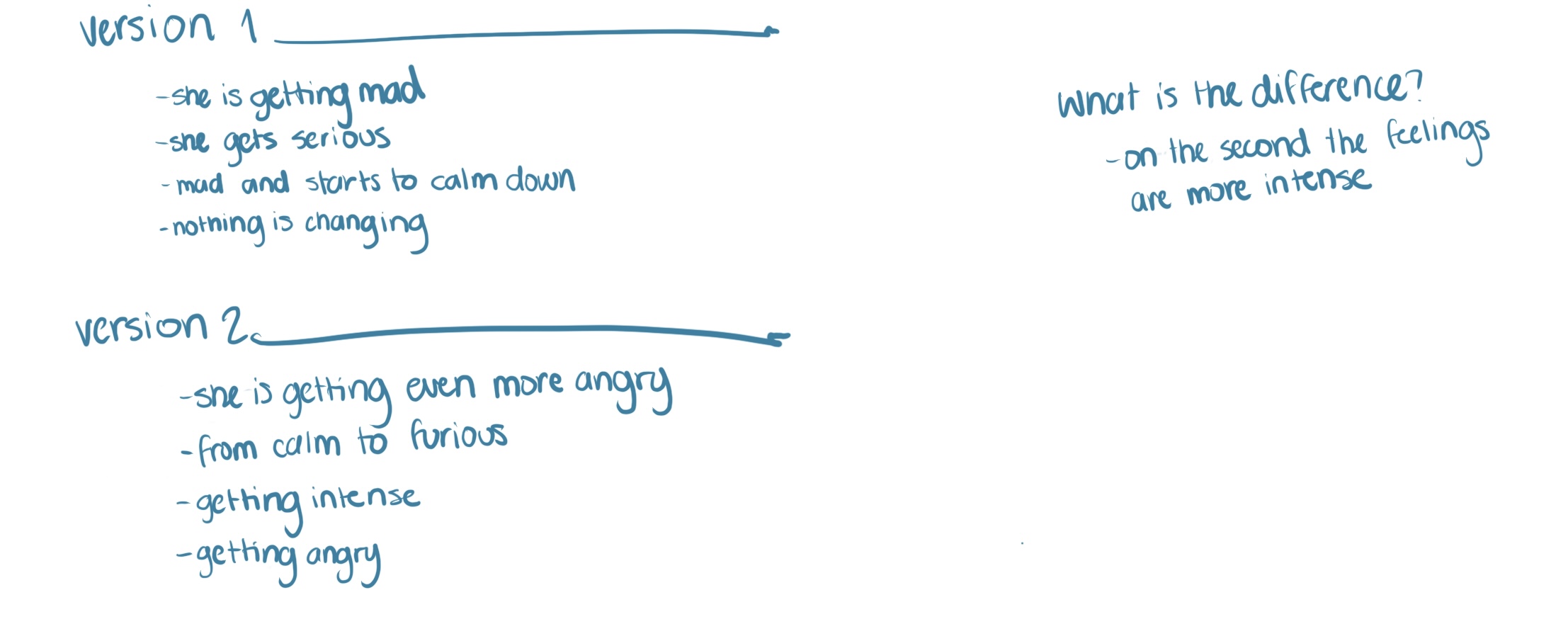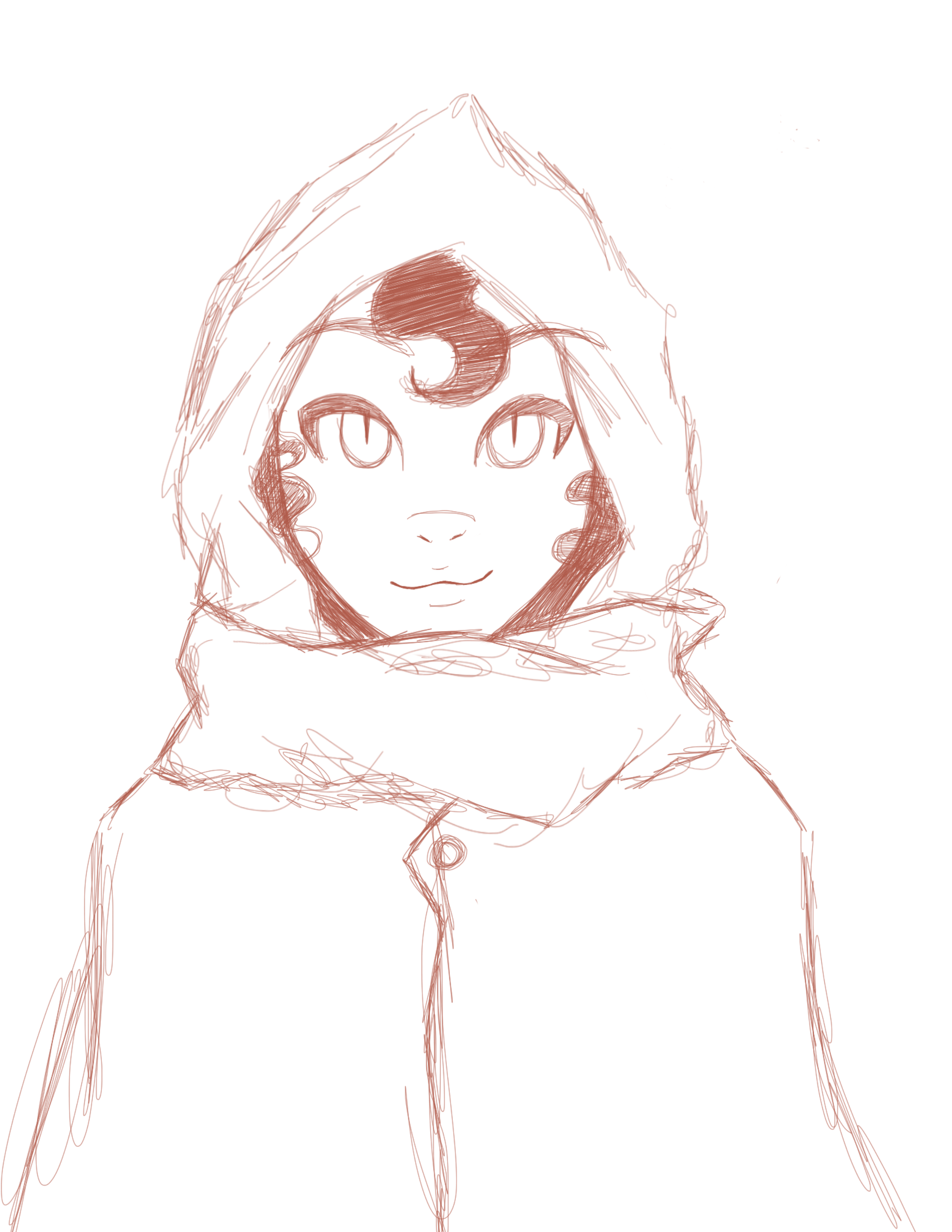Prototype 3
Summary
For this week’s prototype I decided to test how people assign meaning to expressions and form conclusions based on those meanings. I also read the paper Teaching Conflict Resolution Processes through Animation Resource Materials by Kathy R. Matsui to have a better idea of how animation is being used to teach fonclit in classrooms.
Ideation
I started with a character design for the story that I have in mind, just to try out the look. After settling on a design, I started to experiment with expressions that the character could have. As I was doing this, I recalled an image used in the class Introduction to Psychology. Basically people are showned an image. In the first, the character appears to be happy and in the second it appears to be sad, however, both images are actually the same with the only difference been that one is the mirror of the other.
I reflected a bit on last week’s prototype and thought about how the information affect the way users interacted with one another. It also came to mind how we sometimes assume people’s tone in text messages and those assumptions are sometimes very far off from how the person in the text wanted to express themselves. I then came up with the question: what type of assumptions/biases do we do when we are given visual information? Since we tend to assign meaning to things, what kind of meaning would we give to characters based on subtle differences in their expressions?
Character Design:
Process
I decided to draw this four images and ask people what they thought the character was feeling or experiencing. The images are all actually the same except for the mouth. I tried to change the mouth very moderately.


Surprisingly, I got very different results that matched the person’s disposition on the day I asked the question. People who were struggling that day gave more negative connotations while people who were neutral/content that day gave mentioned more positive feelings.

To further this prototype, I created two small video sequences using the images shown above. They utilize the same images but in reversed order. I asked people what they thought was going on in the sequence. The way people expressed themselves about the sequence was very different from the way they thought about the still images.
These are the things people said about the versions:

When placed in a sequence, people started to compare the images to each other and give them meaning based on the context of the order. They took the first and last images as extremes (start and end), seen the middle images as a transition rather than an expression of neutrality or indifference as mentioned previously.
Reflection and Next Steps
It was very intersting to see how people’s perceptions of what a face is expressing can change with very small changes such as moving the mouth a bit or placing images in a sequence. It made me question whether or not I actually want to make animations or maybe try out doing an interactive film that has still images (like a choose your own story version of La Jateé).
I also linked it with the reading Teaching Conflict Resolution Processes through Animation Resource Materials. In it the author states how animation can make children experience the character’s feelings through their animation, making them have assumptions on other characters whose perspective is not shown. This can then be used to spark a conversation were students use dailogue techniques to negotiate a better ending for the story and its characters.
I am very intrested in how the assignment of meaning to a character’s expression can affect the way the user interacts with them, specially since in real life we might misinterpret other’s dispositions because we misread their body language.
I think that for the next prototype, I would like to revisit the Two Dollar Game, but this time, instead of using only words, have one player with a set of expressions that they show to the other in response to what they are saying and seen how this influences their behavior in negotiation.



